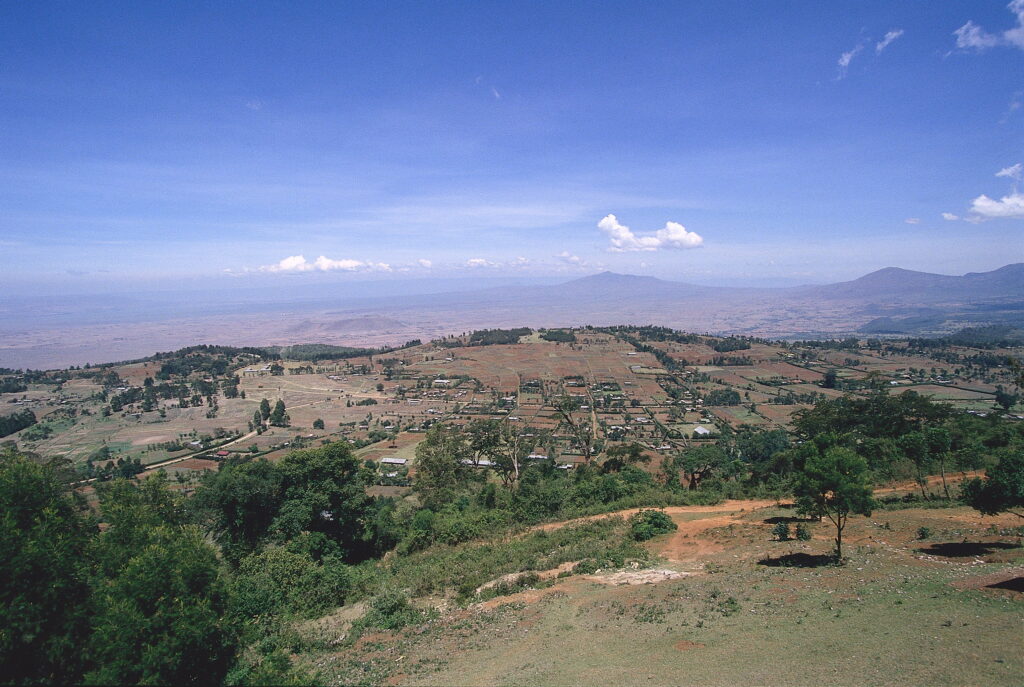Exploration interest in Kenya

The company was in discussions with the Kenyan government in the summer of 2012 over a deepwater block.[REMOVE]Fotnote: “Norwegian firm Statoil joins the search for oil in Kenya”, Business Daily Africa, 2 August 2012. https://www.businessdailyafrica.com/bd/corporate/companies/norwegian-firm-statoil-joins-the-search-for-oil-in-kenya–2011350. Accessed 16 September 2021; Stangeland, Glenn, “Statoil på vei inn i Kenya”, E24, 8 August 2012. https://e24.no/olje-og-energi/i/e8xwk9/statoil-paa-vei-inn-i-kenya. Accessed 2 August 2021. An important background to its interest in this east African country is thought to have been exploration success in neighbouring Tanzania. There Statoil had found nine billion cubic feet of gas – corresponding to 1.5 billion barrels of oil equivalent (boe) – and was considering opportunities for a liquefied natural gas (LNG) development.[REMOVE]Fotnote: Stangeland, Glenn, “Statoil på vei inn i Kenya”, E24, 8 August 2012. https://e24.no/olje-og-energi/i/e8xwk9/statoil-paa-vei-inn-i-kenya. Accessed 2 August 2021.
Newfound interest in east Africa
Where Statoil was concerned, a presence in this region could be viewed as a natural extension of a growing involvement in the African continent as a whole.
Oil exploration had been pursued in Kenya since the 1950s. Although a few small wells were drilled from 1960, however, it was not until 2012 that a truly commercial discovery had been made. Tullow Oil then struck large quantities of crude in the Ngamia-1 field on the Kenyan mainland.
This occurred at an optimistic time in Kenya following a period of tumult and violence in the wake of the 2007 election.[REMOVE]Fotnote: Patey, Luke, “Kenya: An African oil upstart in transition”. OIES paper: WPM 53, Oxford Institute for Energy Studies, 2014. The new interest being experienced from the international oil industry put it in a fairly similar position from a petroleum perspective to many other countries in the region. Viewing Statoil’s interest in Kenyan oil resources in relation to its involvement in Tanzania thereby becomes even more meaningful.

Historically, east Africa has been unattractive to international oil companies. Political unrest kept prospectors at bay, while relevant targets presented demanding geological conditions and only marginal discoveries were made.[REMOVE]Fotnote: Anderson, David M and Browne, Adrian J, “The politics of oil in Eastern Africa”. Journal of Eastern African Studies, 5, 2 (12 May 2014): 369-410, DOI: 10.1080/17531055.2011.573187. Little existing expertise and industry were available to draw on.
Nick Maden, Statoil’s then head of international exploration and production, characterised east Africa in 2013 as a distinctive place to pursue oil operations – for as long as it was an exploration hot spot.
With a particular eye to the company’s offshore engagement in Tanzania, he said the region stood out because players were little involved on land or in shallow water, but jumped instead straight into deepwater exploration.[REMOVE]Fotnote: Terdre, Nick, “Statoil pursuing further gas haul offshore Tanzania”, Offshore Magazine, 11 April 2013. https://www.offshore-mag.com/regional-reports/article/16761428/statoil-pursuing-further-gas-haul-offshore-tanzania. Accessed 16 September 2021. From that perspective, Statoil’s involvement in east Africa can also be seen as an extension of its commitment to deep water.
Conflicts and disputes
However, Statoil’s ambitions in Kenya were far from uncontroversial. The East African Energy Forum, based in neighbouring Somalia, claimed that the provisions of the 1982 UN convention on the law of the sea meant that the offshore areas in question were Somali.
Statoil and other companies were therefore asked to keep away in order to avoid becoming part of the conflict. Somalia was associated with a high level of terrorist threat, but Statoil did not allow itself to be frightened off by the controversies.[REMOVE]Fotnote: Stabell, Eva and Heyerdahl, Sindre, “Statoil bør ikke letebore i konfliktområde i Øst-Afrika”, NRK, 31 August 2012. https://www.nrk.no/norge/–statoil-bor-ut-av-konfliktomrade-1.8303366. Accessed 16 September 2021.
Nevertheless, its involvement in Kenya came to an abrupt and premature end in November 2012 when the government ejected the company from the licence it had initially been awarded. This move was unrelated to the conflict with Somalia, but allegedly reflected disagreement over seismic data. Statoil is said to have insisted on using two-dimensional surveys, while the authorities wanted the more advanced – and more expensive – three-dimensional type.[REMOVE]Fotnote: “Kenya expels oil giant Statoil from exploration plan”, Business Daily Africa, 5 November 2012. https://www.businessdailyafrica.com/bd/corporate/companies/kenya-expels-oil-giant-statoil-from-exploration-plan–2018796. Accessed 16 September 2021.
The company did not abandon its east African ambitions, and Maden aired some assessments as early as 2013 concerning a new involvement in Kenya. However, this had failed to materialised by 2021.[REMOVE]Fotnote: Terdre, Nick, “Statoil pursuing further gas haul offshore Tanzania”, Offshore Magazine, 11 April 2013. https://www.offshore-mag.com/regional-reports/article/16761428/statoil-pursuing-further-gas-haul-offshore-tanzania. Accessed 16 September 2021.
arrow_backDiscovering Johan CastbergIT services from Indiaarrow_forward